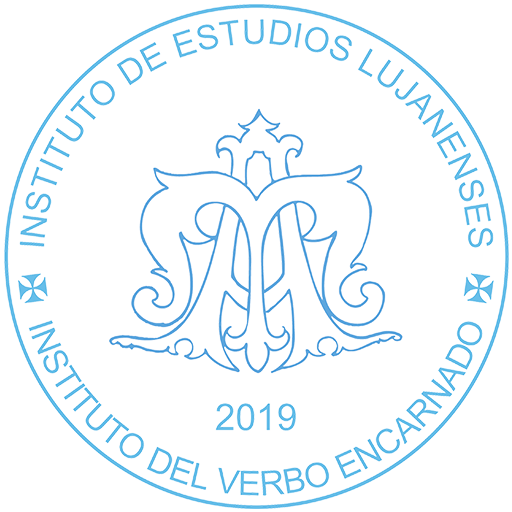Timeline
The miracle of the cart takes place in Rosendo’s ranch and the small image is taken to an altar in the already mentioned ranch.
A hermitage is built on Rosendo’s ranch and Negro Manuel is assigned as a slave of the Virgin in order to look after the cult of the Holy Image.
The Holy Image is moved to the ranch of the woman Ana de Matos. Negro Manuel, faithful servant of Mary, accompanies his Lady, serving her until his death.
Donation of land by Ana de Matos to the Virgin of Luján, which is the beginning of the city of Lujan.
The Virgin is moved to the first chapel built in her honor by the first chaplain, Fr. Peter de Montalbo, who, when he was gravely ill, had gone on pilgrimage to Luján in order to ask the Virgin’s intercession for his health, and being miraculously cured, he remained until his death in her service.
The chapel of Luján is raised to a parish.
Canonical visit to the sanctuary Luján during which the writing down of all that is known for certain concerning the Holy Image is ordered. The only valuable testimony remaining to us of this important visit is that of the Mercedarian Peter Nolasco de Santa Maria, who is considered the first chronicler of the Virgin.
The Holy Image is translated to a new sanctuary built by the first administrator of Luján, John of Lezica and Torrezuri.
On the day when the Chair of St. Peter is celebrated, the canon, John Mastai Ferretti, who will assume the government of the Catholic Church under the name of Pius XI and will be the pope who will promote the dogma of the Immaculate Conception of Mary, visits Luján.
The first large pilgrimage of the catholic Argentinians to the sanctuary of Luján. The young priest, George Mary Salvaire, Vincentian missionary of French origin, recently arrived at his new mission in Argentina, visits the sanctuary for the first time.
The congregation of Vincentian priests take charge of the attention of the sanctuary of Luján.
Fr. George M. Salvaire, a debtor of the Most Holy Virgin under the advocation of Luján because of a miracle granted by her, writes his “History of Our Lady of Luján”
Fr. Salvaire travels to Rome to ask His Holiness Leo XIII for the great and important grace of the Pontifical Coronation of the Holy Image. The precious crown had been made in France with jewels offered by Argentinian ladies.
The solemn coronation of the Holy Image by the hands of the Archbishop of Buenos Aires, Monseigneur Federico Aneiros, in the name of and as a representative of the Supreme Pontiff.
The laying and blessing of the first stone of the new Basilica designed by Fr. Salvaire.
Fr. Salvaire is named pastor of Luján
Death of Fr. Salvaire in Luján.
The Holy Image is translated from its former temple to the magnificent Basilica built in its honor.
Pope Pius XI names the Virgin of Luján patroness of Argentina, Paraguay, and Uruguay.
The consecration of the new temple takes place, designed, planned, and initiated by Fr. Salvaire, who could not see it completed, but arranged everything so it would be made as worthy as possible for such a great Lady.
The Papal legate for the XXXII International Eucharistic Congress, the then Cardinal Eugenio Pacelli, later Pius XII, visits Luján and finds there “the heart of the great Argentinian people”.
At the end of a pilgrimage of 15 km on foot, the then president of the Republic of Argentina, John Charles Onganía, consecrates the nation to the Immaculate Heart of Mary in Luján.
The Holy Father John Paul II, during his visit to Argentina, celebrates the Holy Mass in Luján and presents to the Image the distinguished Golden Rose.
Pope John Paul II, in his second visit to Argentina, consecrates the country to the Virgin of Luján at the conclusion of a highly attended Mass for Palm Sunday on 9th of July Avenue, in the center of Buenos Aires.
The same pope enthrones in Rome, in the Argentinian National Church, a replica of the Holy Image of Luján

